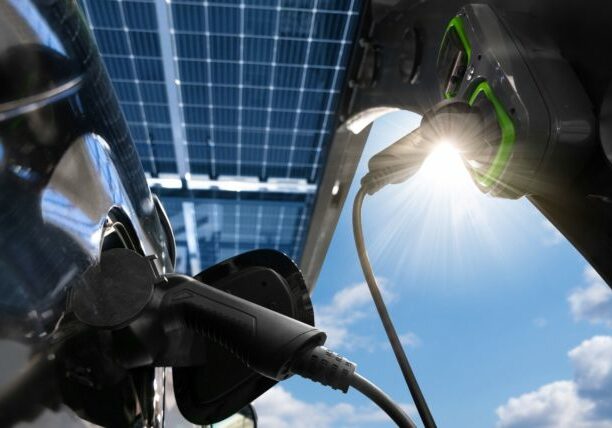January 7, 2014
Natural Gas Loses to Solar on Costs, A First
By Lewis Milford
For those who already think natural gas will win out over renewable power, a judge has said, not so fast.
In what may be the first time a U.S. solar power project has been declared cost-competitive against natural gas in a competitive bidding process, a judge has said solar is cheaper than natural gas. The ruling could be a road map for avoiding a new fossil fuel age dominated by big natural gas.
On the last day of 2013, an administrative law judge for the Minnesota Public Utilities Commission, Eric Lipman, issued a decision about competing energy investments for Minnesota’s future. The state utility Xcel offered up several proposals to fill a 100 megawatt power need. The two main competitors were a new fossil fuel plant powered by natural gas and a series of many distributed solar projects to be built around the state, the so-called Geronimo $250 million solar proposal.
This decision wrestled with competing visions of the U.S. energy future. Will it be dominated by new, large fossil fuel plants powered not by coal but by natural gas, as gas continues to replace coal – even though gas still emits significant greenhouse gas emissions? Many of the energy pundits say that is where we are heading. They argue that gas will be the cheapest fuel, beating out more expensive solar, so let’s just ignore the climate impacts of gas. That’s the conventional wisdom.
But as with most conventional wisdom, it rests on a pile of unexamined assumptions. When this independent judge looked at the facts, rather than the hype, he found that solar wins and gas loses. He gave several reasons why solar is the preferred choice when all potential costs are considered.
First, he said that future electricity demand is uncertain, at least in the next five years. In that, he echoes what we are seeing around the utility industry. Power demand is flat or declining. There are many reasons for the fall, but they suggest trouble for the electricity sector. Will electric utilities be able to survive as power demand drops? And most important, what kind of power plants will they invest in, to replace the smaller amounts of power they need – big ones or smaller, distributed ones?
Second, he turned to the current and future carbon regulations that might apply to new fossil plants, including those using natural gas. Minnesota’s existing law says fossil plants should not be built unless all renewable power is exploited first. The state’s law also says the utility can obtain credits for solar purchases from new solar plants. He then examined how future carbon regulations could add to the price of power from a natural gas plant that would last for fifty years, as compared to a solar plant that has zero fuel costs.
Third, he asked whether it was better to install smaller solar projects to avoid new transmission and distributed lines to serve electric customers. Those avoided lines would save the state over $33 million as compared to a new natural gas plant that would not avoid those costs.
And then last, he asked the most important question, one that might foretell the future of energy policy in the competition of gas and renewable power. And that question was about scale – with the uncertain future of electric load, with the potential for added carbon costs and the real carbon emissions from natural gas, with the costs of new power lines for large plants, would it make more sense to approve funding for a large, central power plant powered by fossil fuel, or to make incremental, scalable investments in solar?
This is how the judge put it when endorsing the solar proposals:
[T]hese proposals offer competitively-priced energy generation; at firm prices; the fewest new environmental impacts; and significant protections against the imposition of project cancellation costs….[I]t bears mentioning that this procurement represents an important turning point in Minnesota’s energy resource planning process. Since 1991, Minnesota has had a statutory preference in favor of renewable energy sources. Yet, that preference is overridden when the nonrenewable source has a lower total cost. Notwithstanding the statutory preference, it seemed that nonrenewable energy sources always won the head-to-head cost comparisons. Not anymore. Geronimo entered this bidding process as the sole renewable technology and beat competing offerors on total life-cycle costs.
The judge added that the utility “could avoid overbuilding generation facilities by deploying a scalable solution to meet future needs.”
So, in this new world of declining power needs, when the future costs of significant natural gas emissions, carbon controls and the scalable nature of solar power are considered – solar wins on hard costs.
That rationale is far reaching beyond one state. Many states have the same kind of pro-renewable procurement rules as Minnesota, but they have not been enforced. For example, New England is now facing many new natural gas pipeline and power plant proposals, but the public officials have not figured out how to square their enthusiasm for gas with their own carbon reducing mandates for the power sector.
This is a ruling that, if upheld by the full Commission on appeal, could provide a new way to think about the coming “age of gas”. It says that, if the right costs are considered, gas might well lose to renewable power both now, and in our uncertain energy future.














